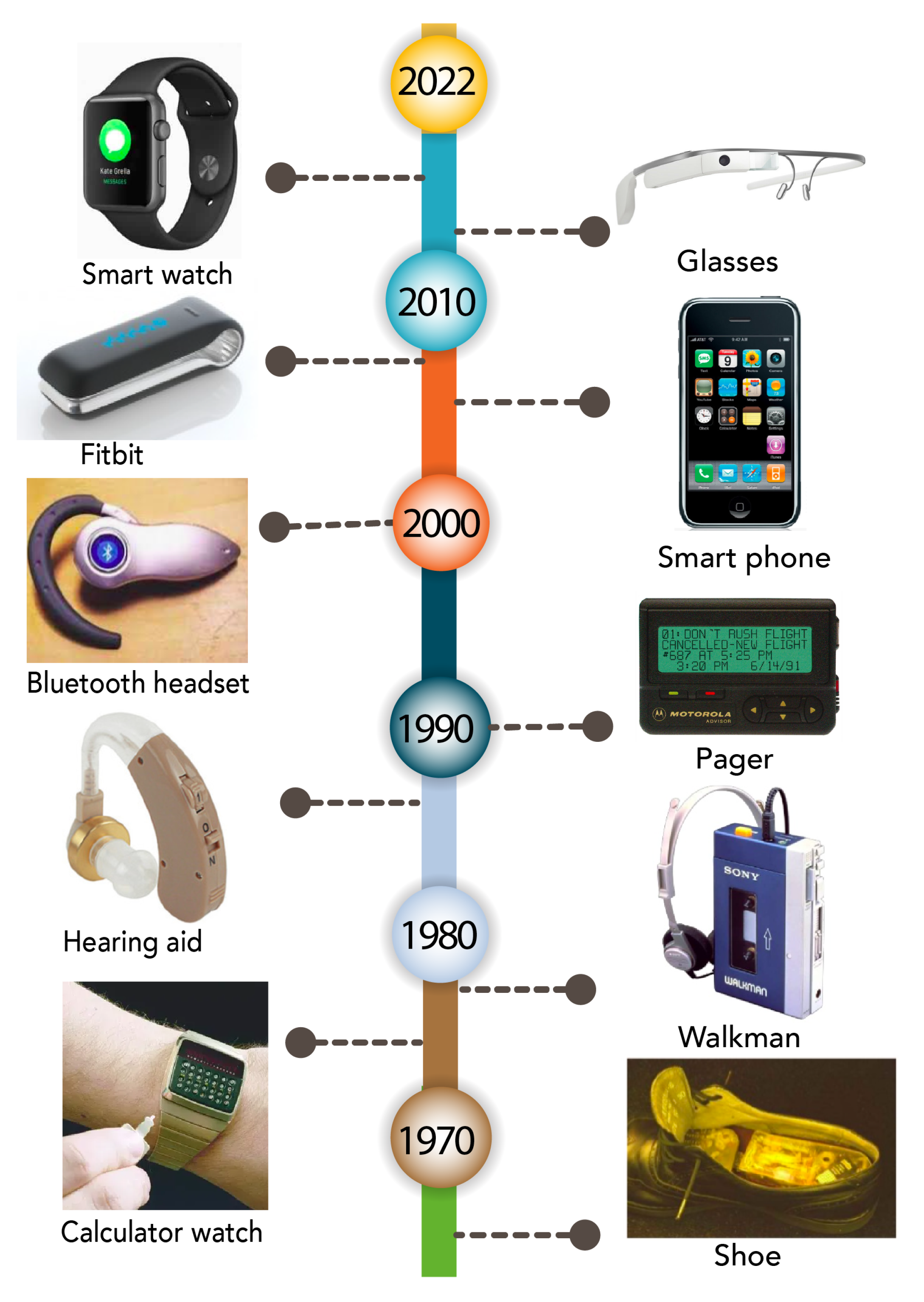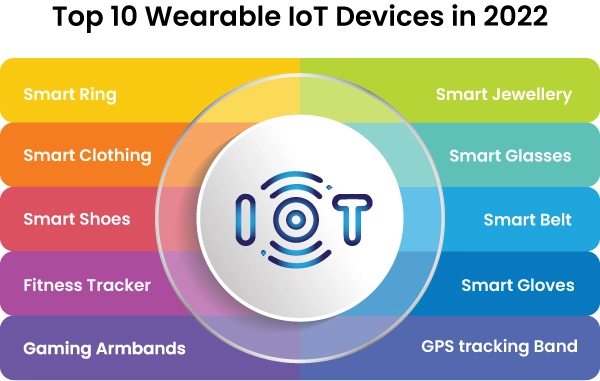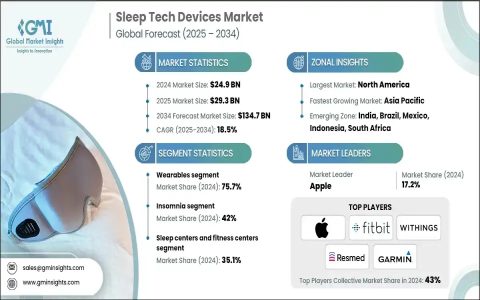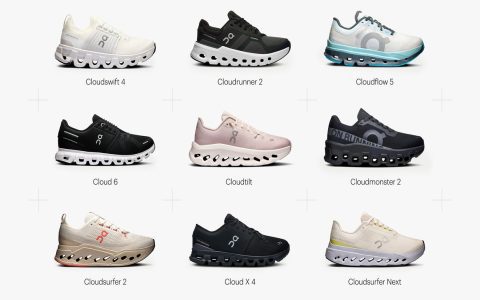Top Wearable Ed Tech for Students Compared
Choosing the best wearable technology for student learning involves balancing functionality, cost, and practicality. Here's a comparison of four prominent examples:
Smartwatches (e.g., Apple Watch)
Excellent for organization and time management with calendar alerts and reminders. Facilitates quick fact-checking or definitions via voice search. Some offer guided mindfulness for stress reduction. Downsides: Small screen limits complex interactions, potential distraction from notifications, and high initial cost. Requires frequent charging.

VR Headsets (e.g., Meta Quest)
Provides unparalleled immersive experiences for complex subjects like anatomy, history, or engineering through 3D visualization. Fosters engagement in simulations impossible in a traditional classroom. Challenges: High cost for quality hardware, significant physical space requirements, potential for discomfort during extended use, and limited battery life. Best suited for specific project-based or lab sessions.
Fitness Trackers (e.g., Fitbit)
Focuses on student wellbeing, tracking sleep patterns and physical activity to promote healthy habits crucial for academic performance. Simple goal setting for breaks and movement. Affordable options available. Limitations: Minimal direct learning integration beyond wellness data. Basic models lack advanced notifications or apps.
AR Smart Glasses (e.g., North Focals)

Projects contextual information over the real world, ideal for hands-on learning like lab work, repairs, or language translation overlays. Discreet design suitable for lectures. Currently hindered by: Limited consumer models, significantly high cost, short battery endurance in advanced versions, and fewer mature educational applications than VR.
Key Considerations
- Purpose: Define primary use – organization (Smartwatch), immersion (VR), wellbeing (Fitness Tracker), or hands-on augmentation (AR).
- Budget & Durability: Factor in device cost and replacement risks.
- Distraction Risk: Prioritize devices with robust "focus mode" settings.
- Battery Life: Crucial for all-day school use without midday charging.
Best fit often leans towards Smartwatches or Fitness Trackers for daily utility, organization, and health tracking at a more accessible price point, with VR/AR reserved for specialized classroom activities.







